
Tendonitis is one of the types of inflammation that occurs in the thick fibrous cords that connect the muscle to the bone. This phenomenon is widespread in many areas of the body, such as: the shoulder, elbows, wrists, knees, and heels.
Tendons consist of connective tissue that connects muscles and bones. This tendon is covered by a sheath that secretes fluids that facilitate the movement of the tendon. Inflammation occurs in the sheath surrounding the tendon in the area where the tendon moves or in areas close to its connection with the bone.
Tendons are damaged when an injury or infection occurs, leading to inflammation, and in some chronic cases they may be permanently torn.
Symptoms of tendonitis:
*Severe pain in the affected area that increases when moving the joint.
*Slight swelling.
*Redness of the area.
Causes of tendonitis:
*Sudden injury resulting from an accident.
* Exposure to an infection.
*Excess pressure on the tendons resulting from excessive movement.
Risk factors for tendonitis:
*Age: The probability of developing tendinitis increases with age, as the tendons become less flexible.
*Nature of work: The possibility of developing tendonitis increases in people whose jobs include repetitive movements and extreme stress.
*Some types of sports, such as: baseball, basketball, golf, swimming, running, and tennis.
Complications of tendonitis:
*Tendon rupture: Tendon rupture is a serious condition that requires surgery.
*Tendinosis: where some changes occur in the tendons, and there is abnormal growth of blood vessels in the area.
Diagnosis of tendonitis:
Most often, tendonitis is diagnosed through a physical examination, and sometimes some imaging tests, such as X-rays, may be needed.
Treating tendonitis:
Tendonitis can be treated in many ways depending on the patient's condition, as follows:
1. Taking medications
The doctor may recommend taking several types of medications, as follows:
*Painkillers: Painkillers help relieve pain resulting from inflammation, and it is preferable to use ointments to reduce possible side effects.
*Cortisone: It reduces inflammation and relieves pain. It is not preferable to use it in cases of inflammation lasting more than three months because of the side effects it may cause.
*Plasma injections: Plasma injections are a modern treatment method that works to reduce inflammation and irritation in the joints.
2. Physical therapy
Physical therapy, which depends on strengthening the muscles and tendons associated with them, is one of the most important treatment methods that is adopted, especially in cases of chronic inflammation.
3. Surgical procedure
It includes the following:
*Acupuncture: where the tendon is pricked with a thin needle to stimulate it to secrete some substances that help in treatment.
*Ultrasound therapy: Scar tissue is removed using ultrasound waves.
*Surgery: This occurs in the event of a tendon rupture.
Preventing tendinitis
Tendonitis can be prevented by the following:
*Avoid exercises that increase pressure on the tendons, especially for long periods.
*Ensure that you practice exercises and activities in the correct manner.
*Practice stretching exercises that help improve joint range of motion.
* Strengthen muscles through continuous exercise.





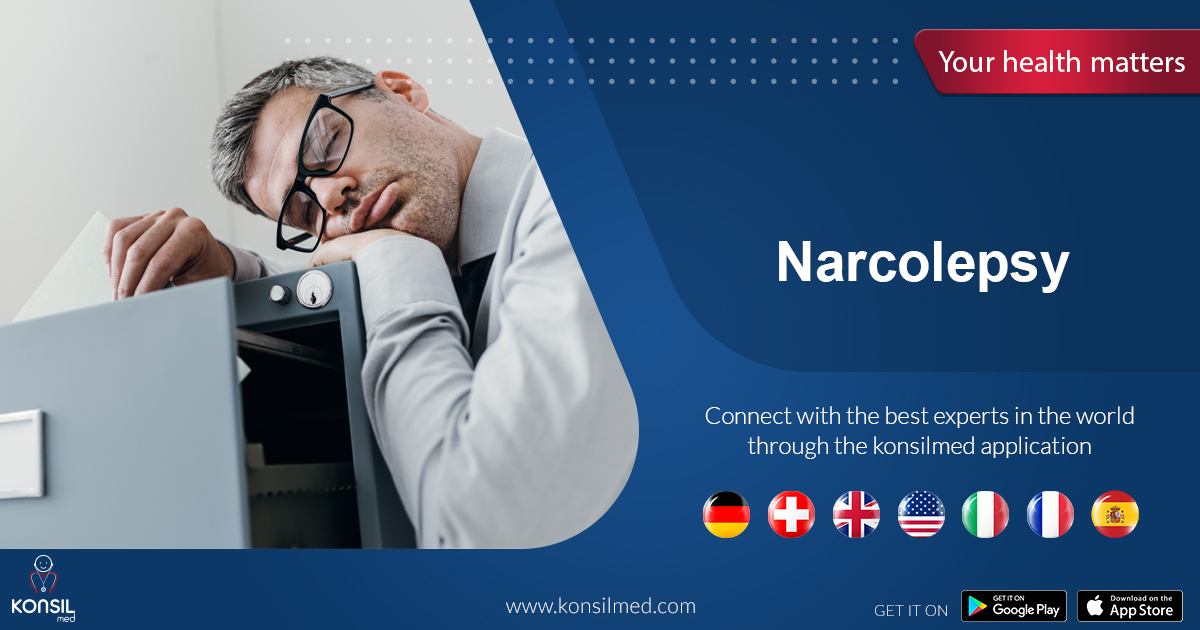

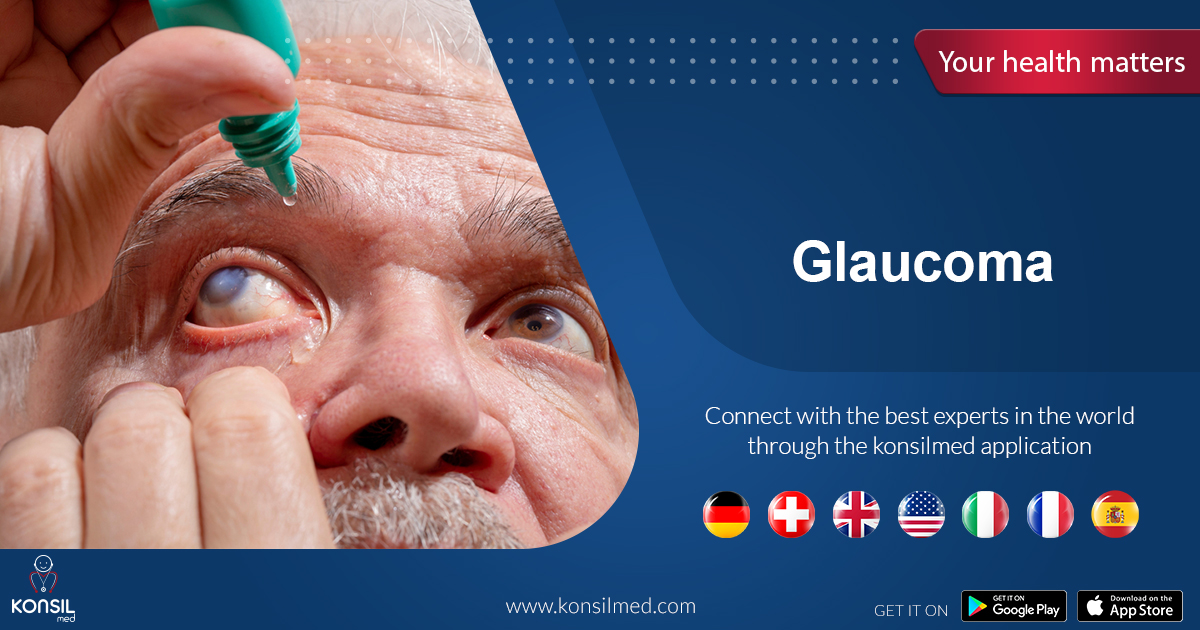

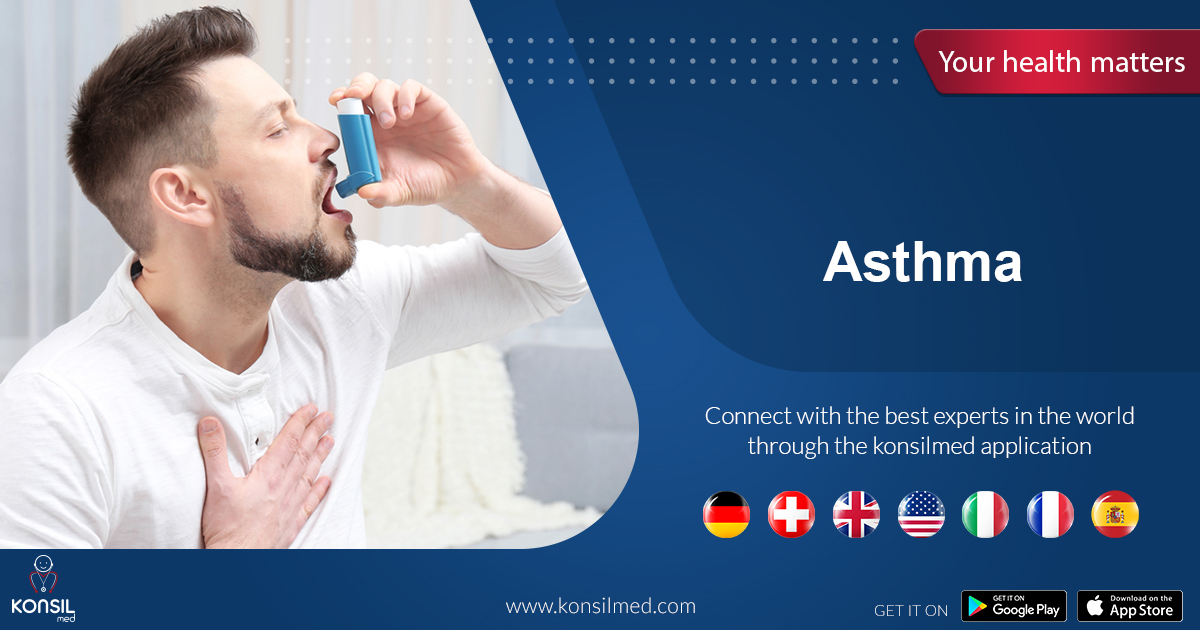
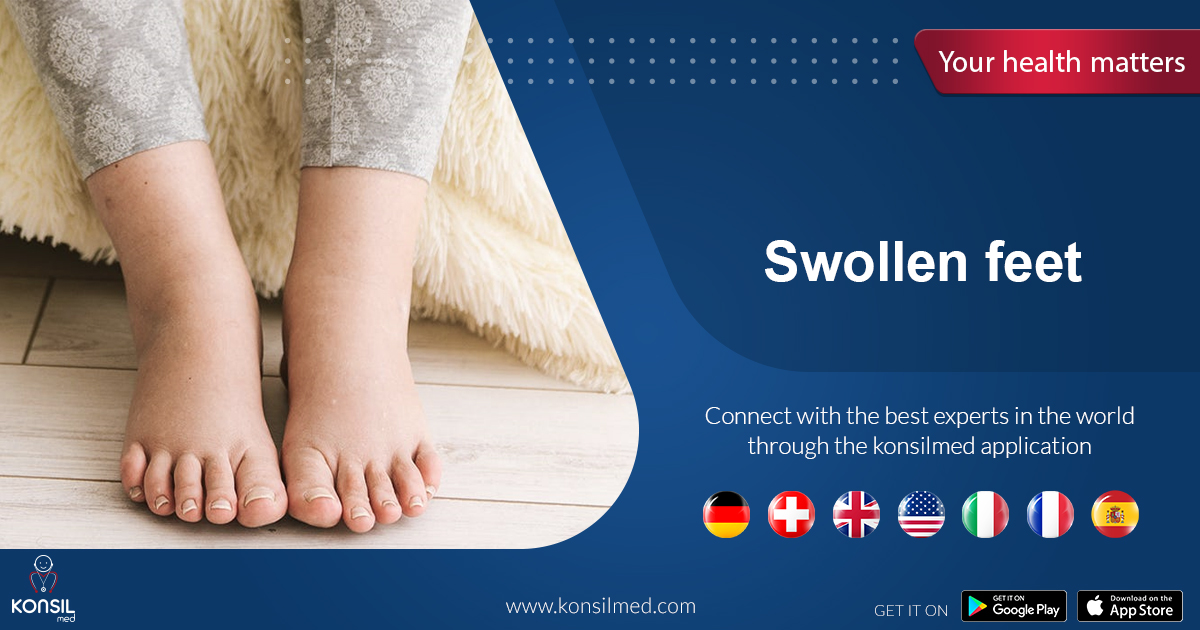
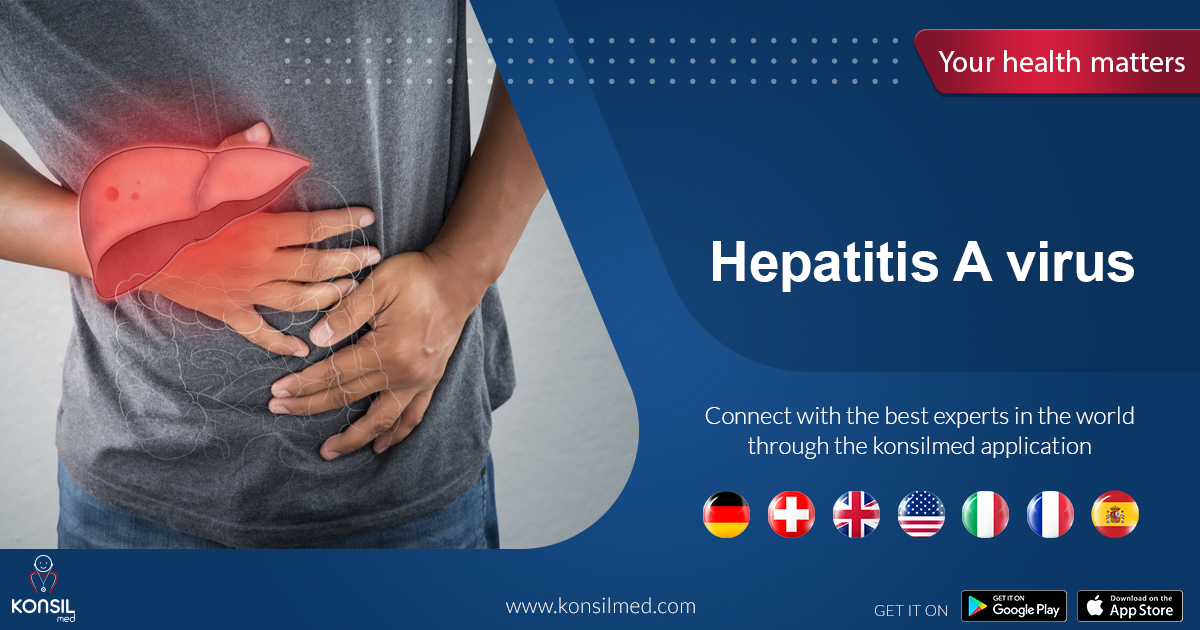

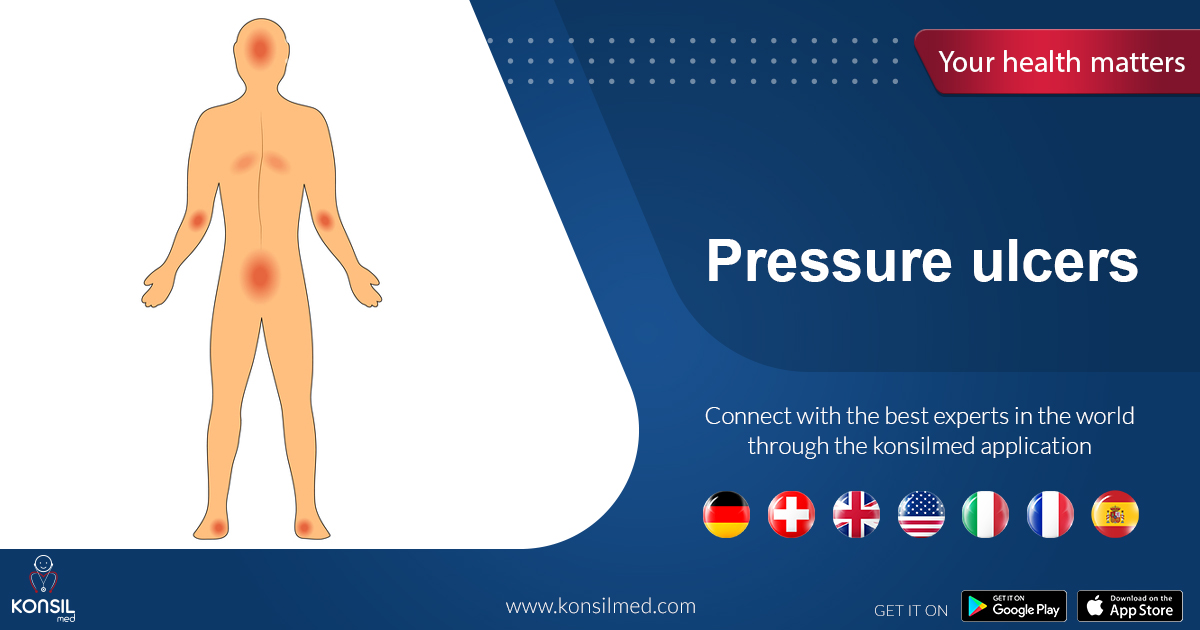
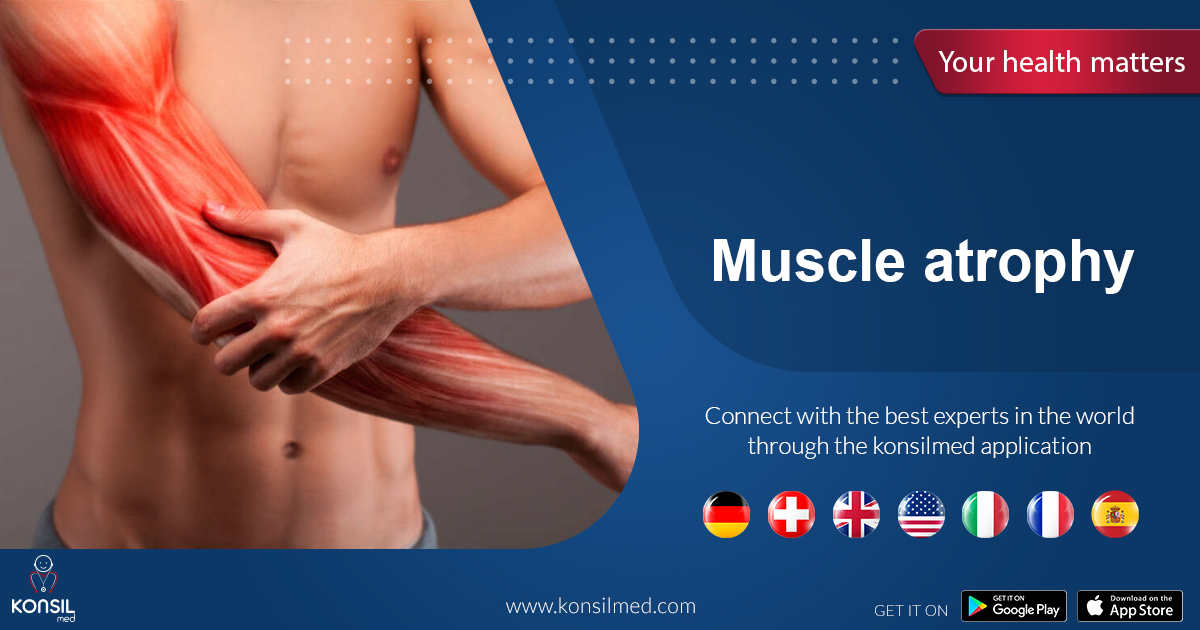

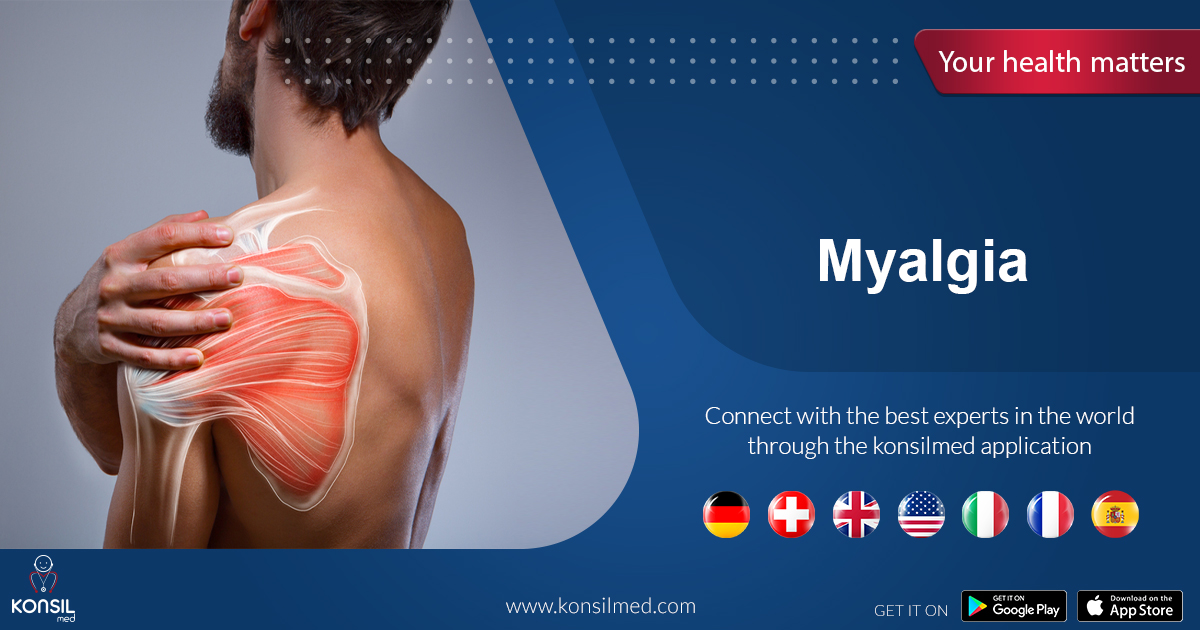

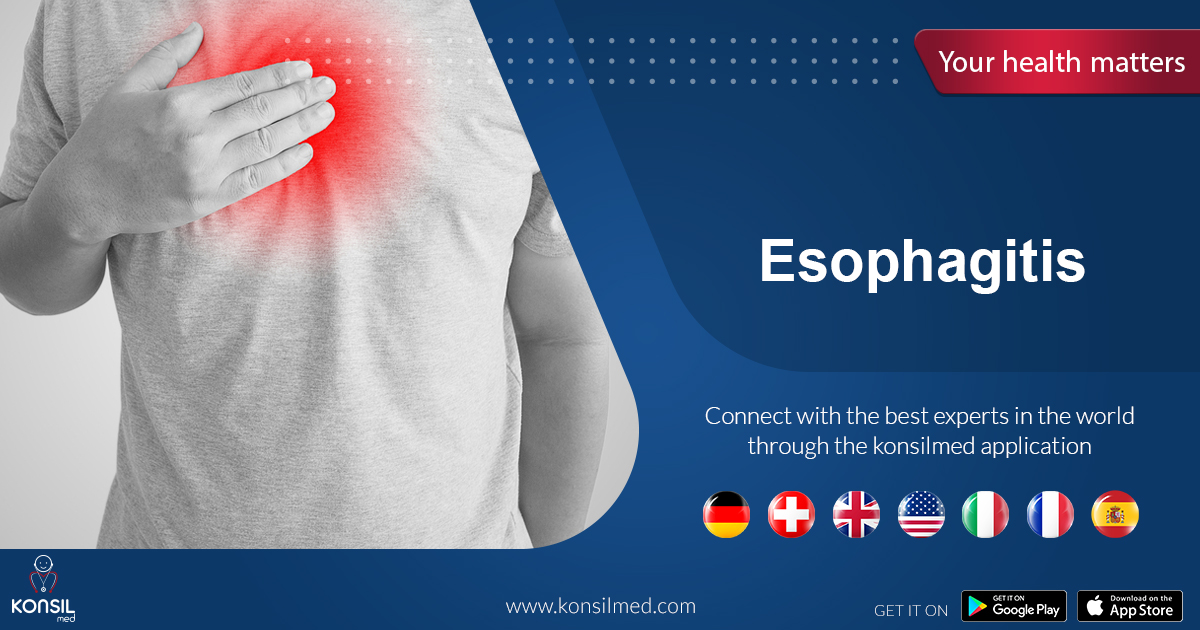
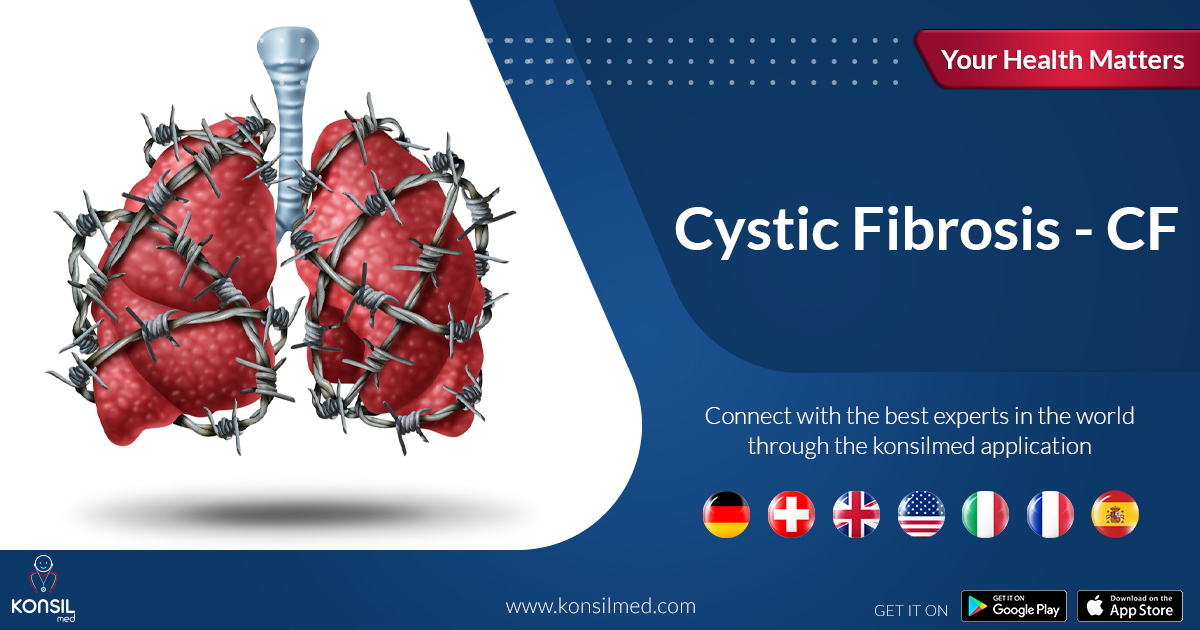
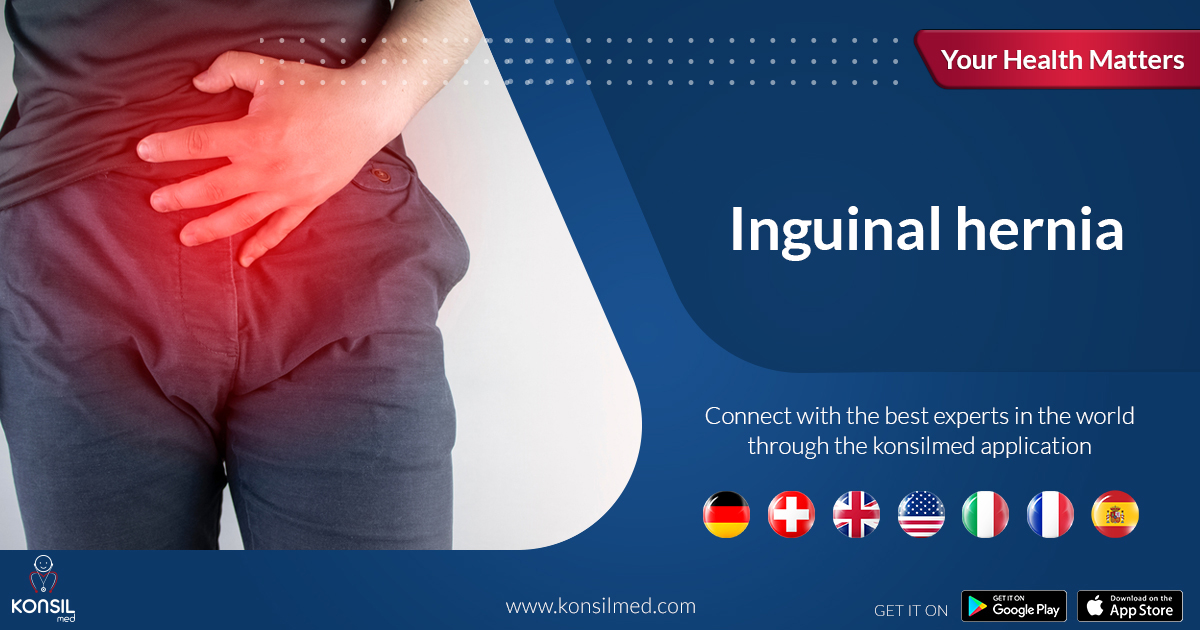
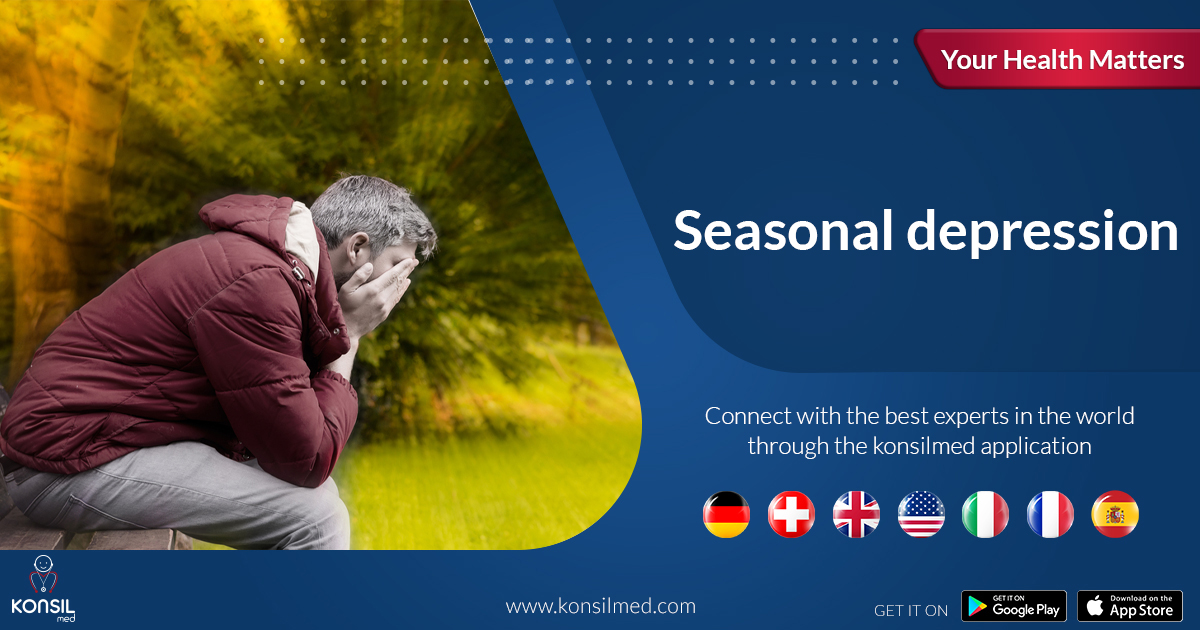

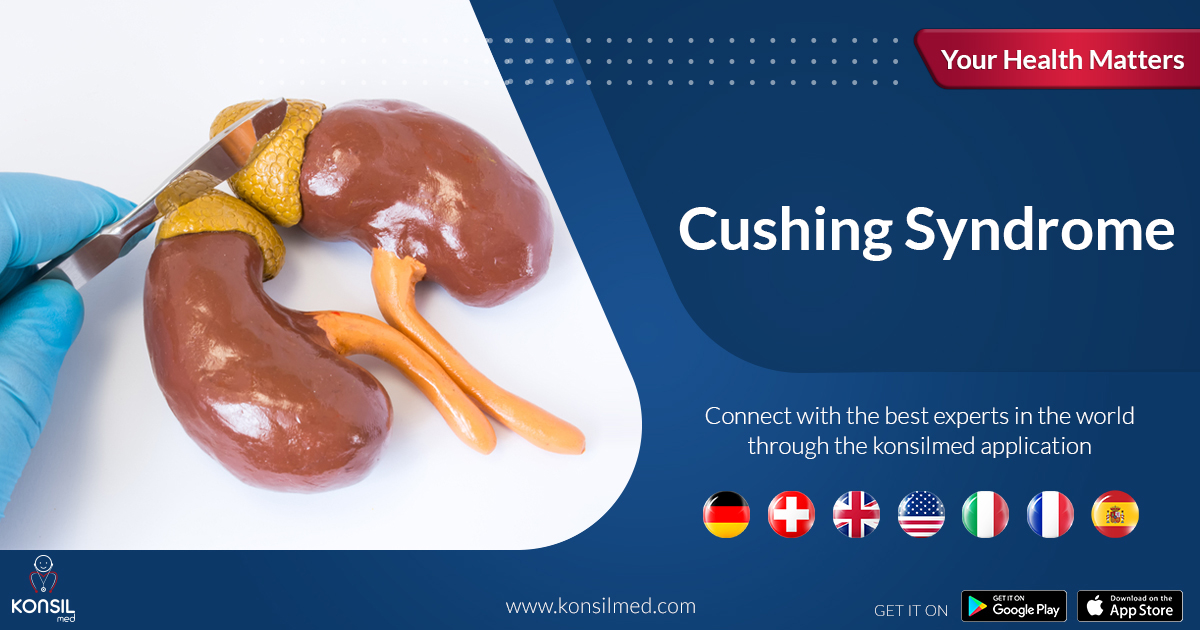


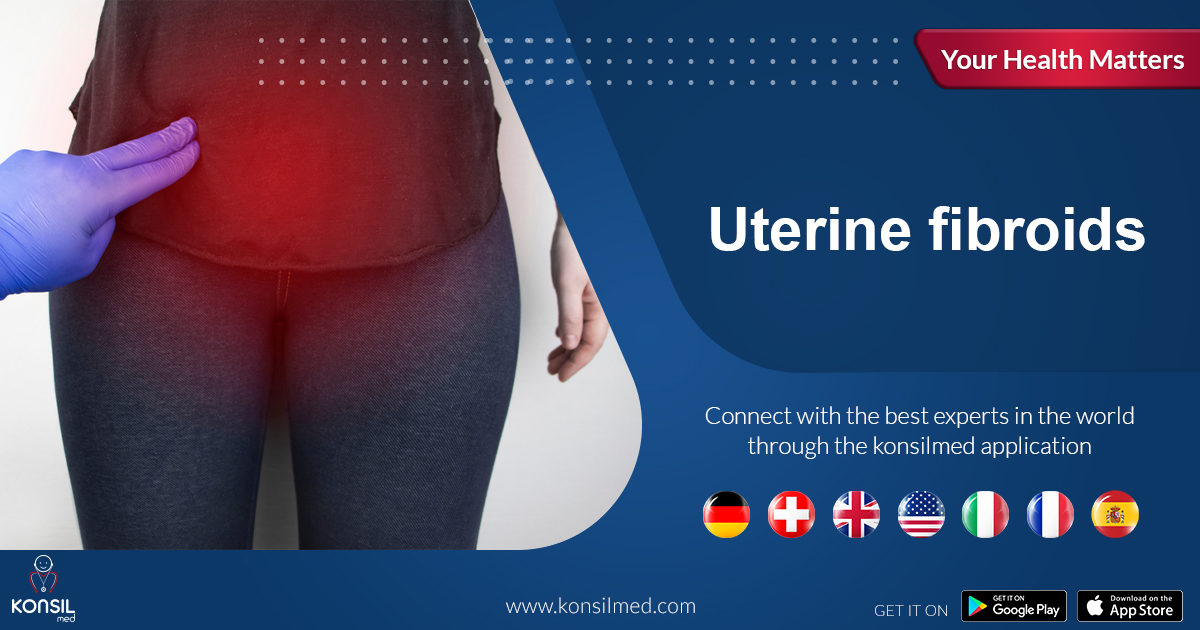




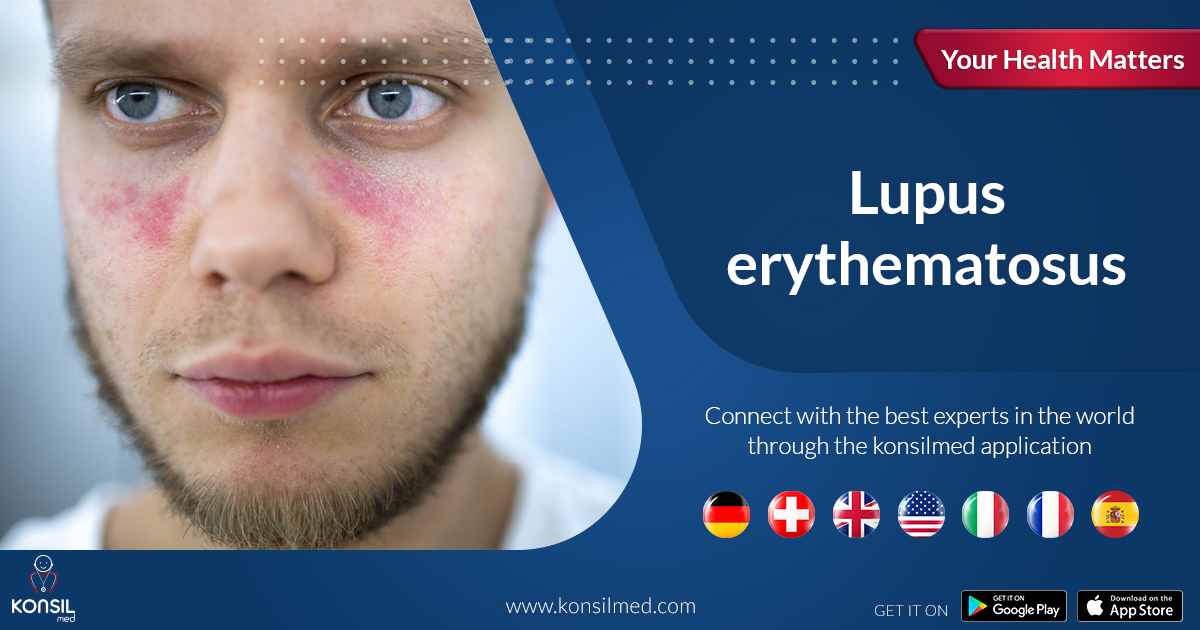









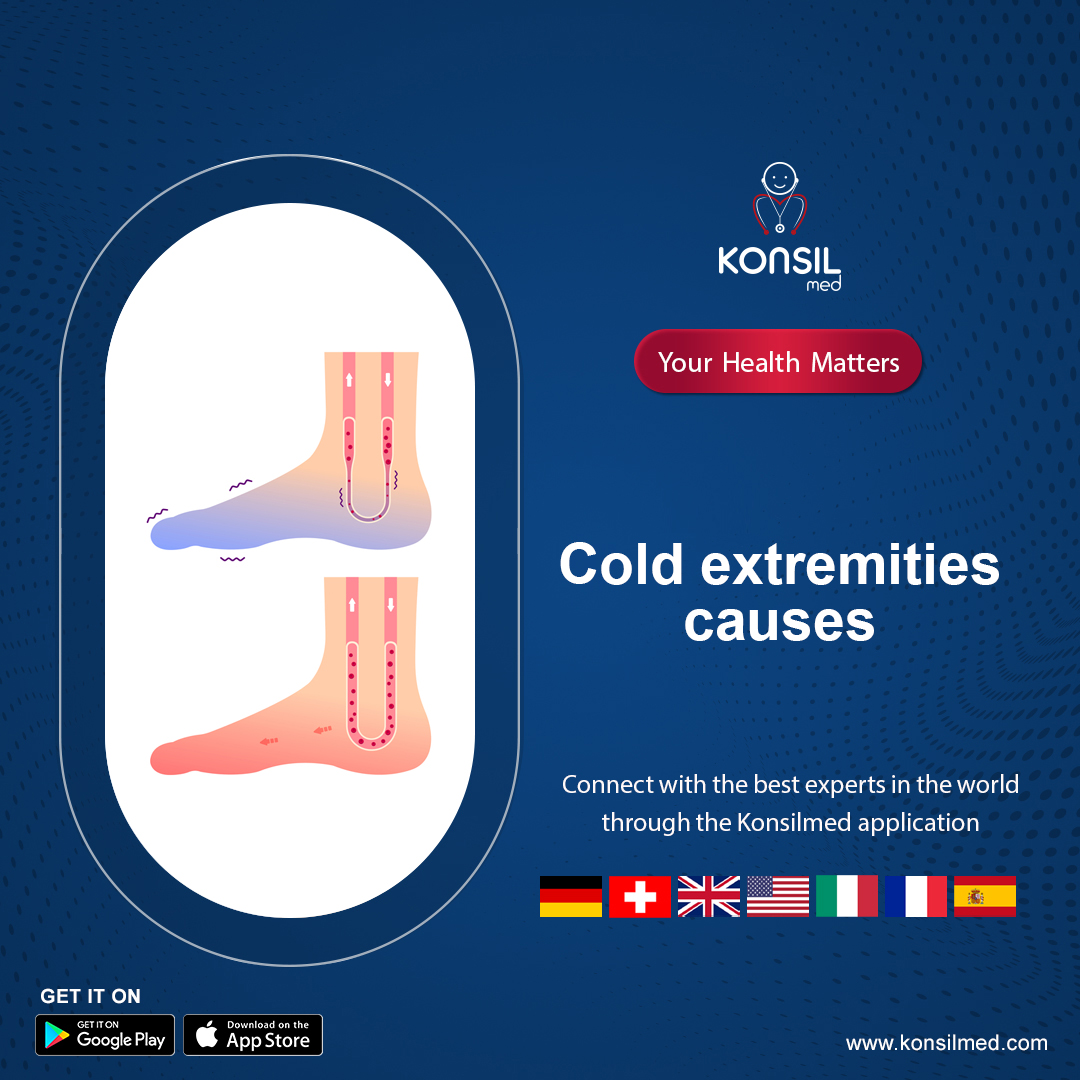
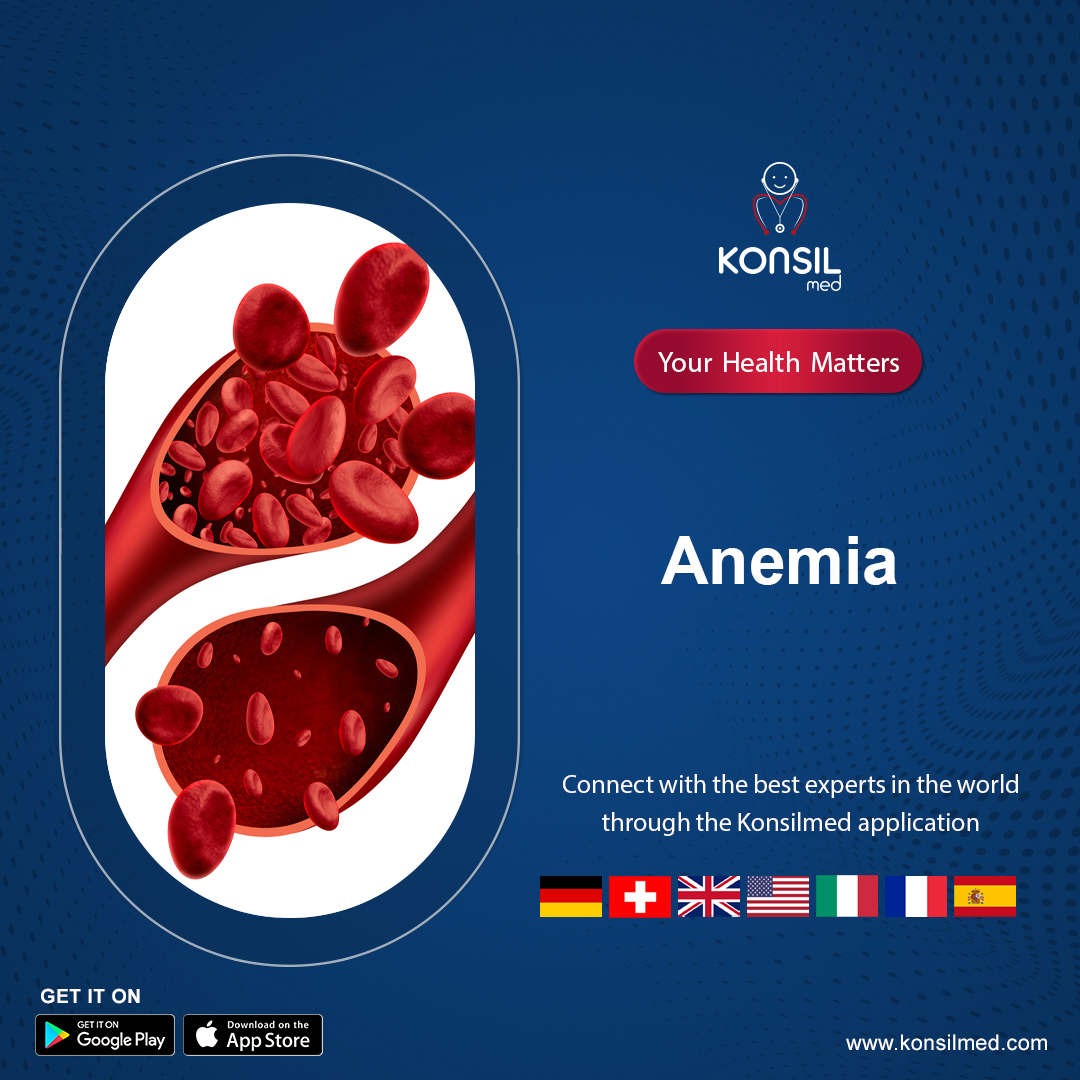





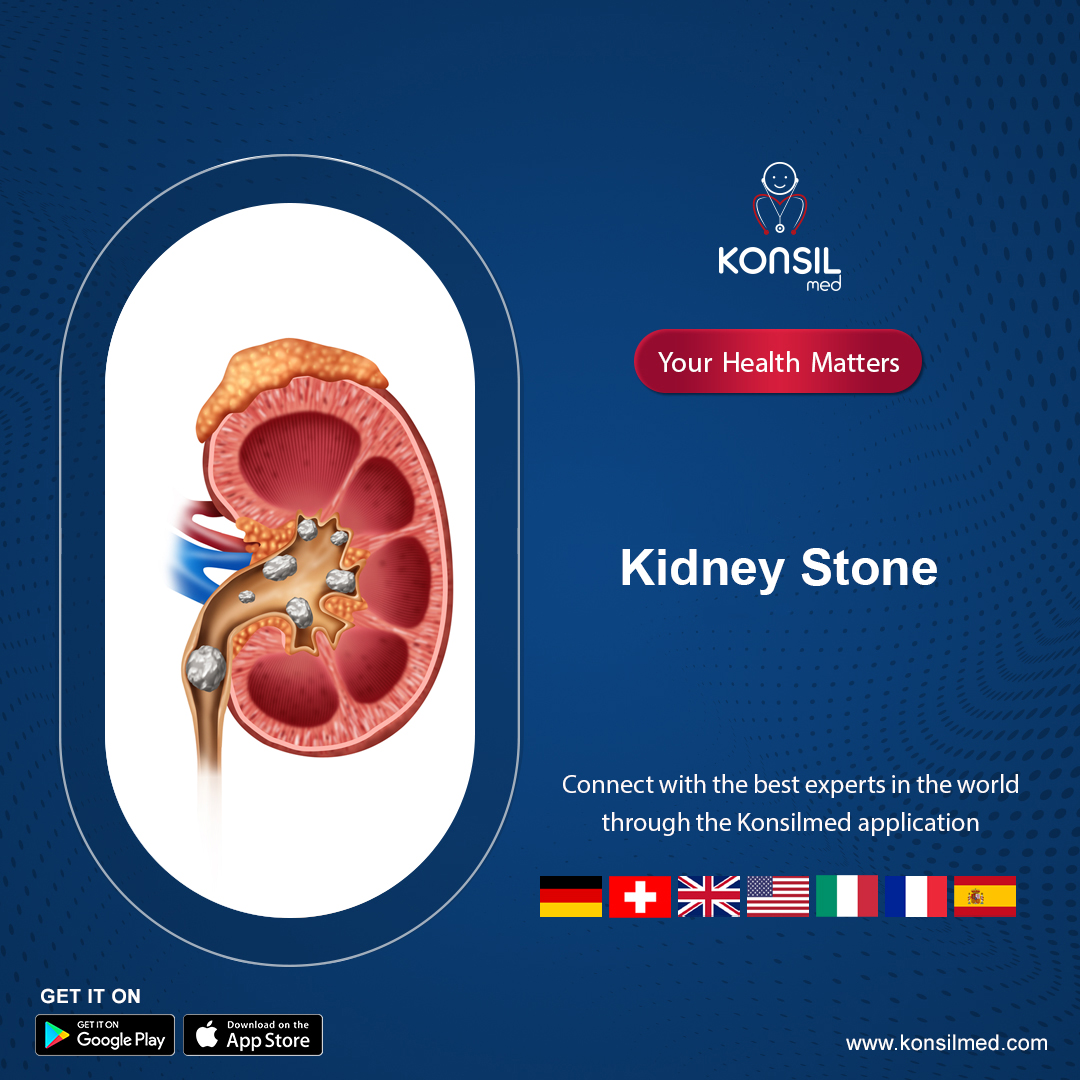
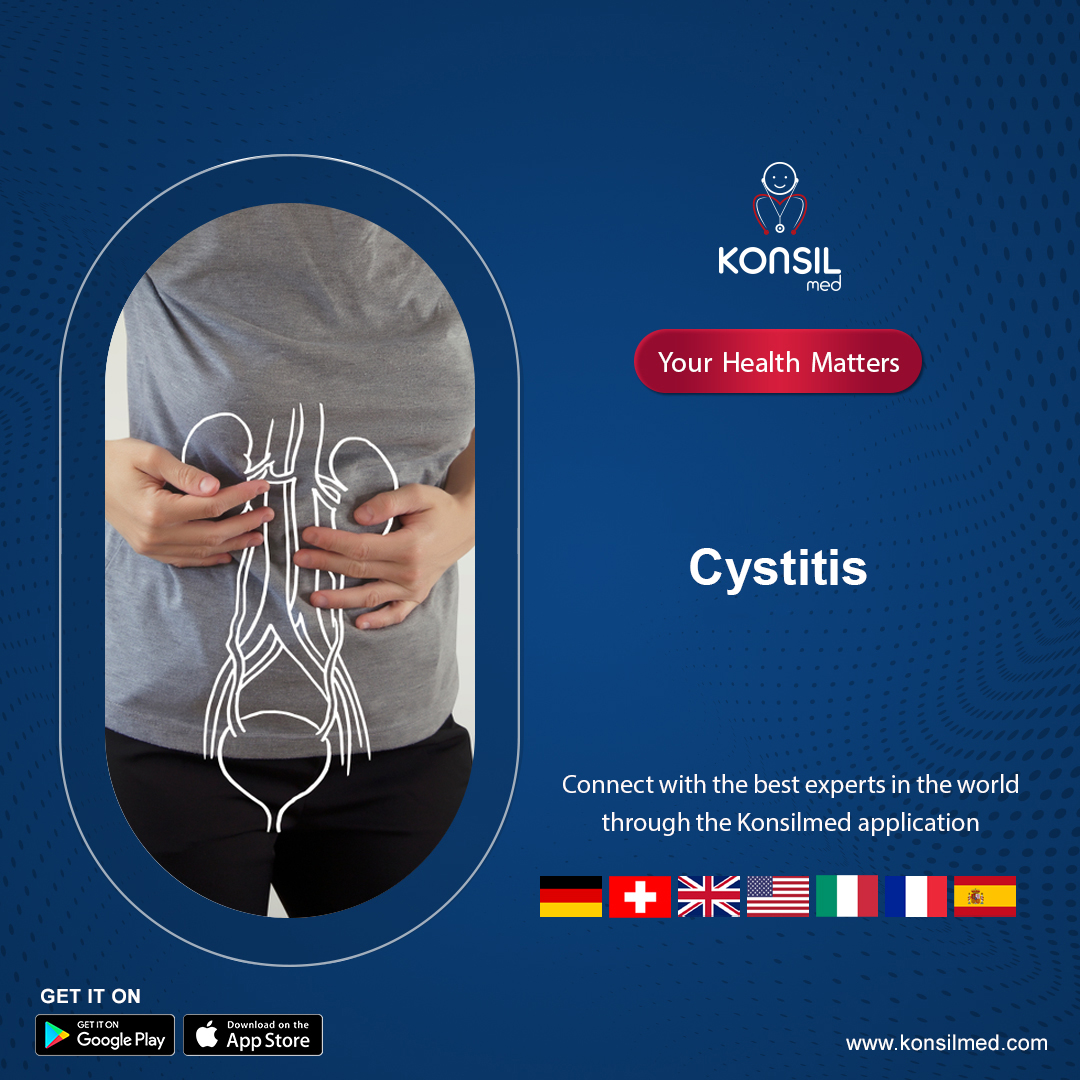


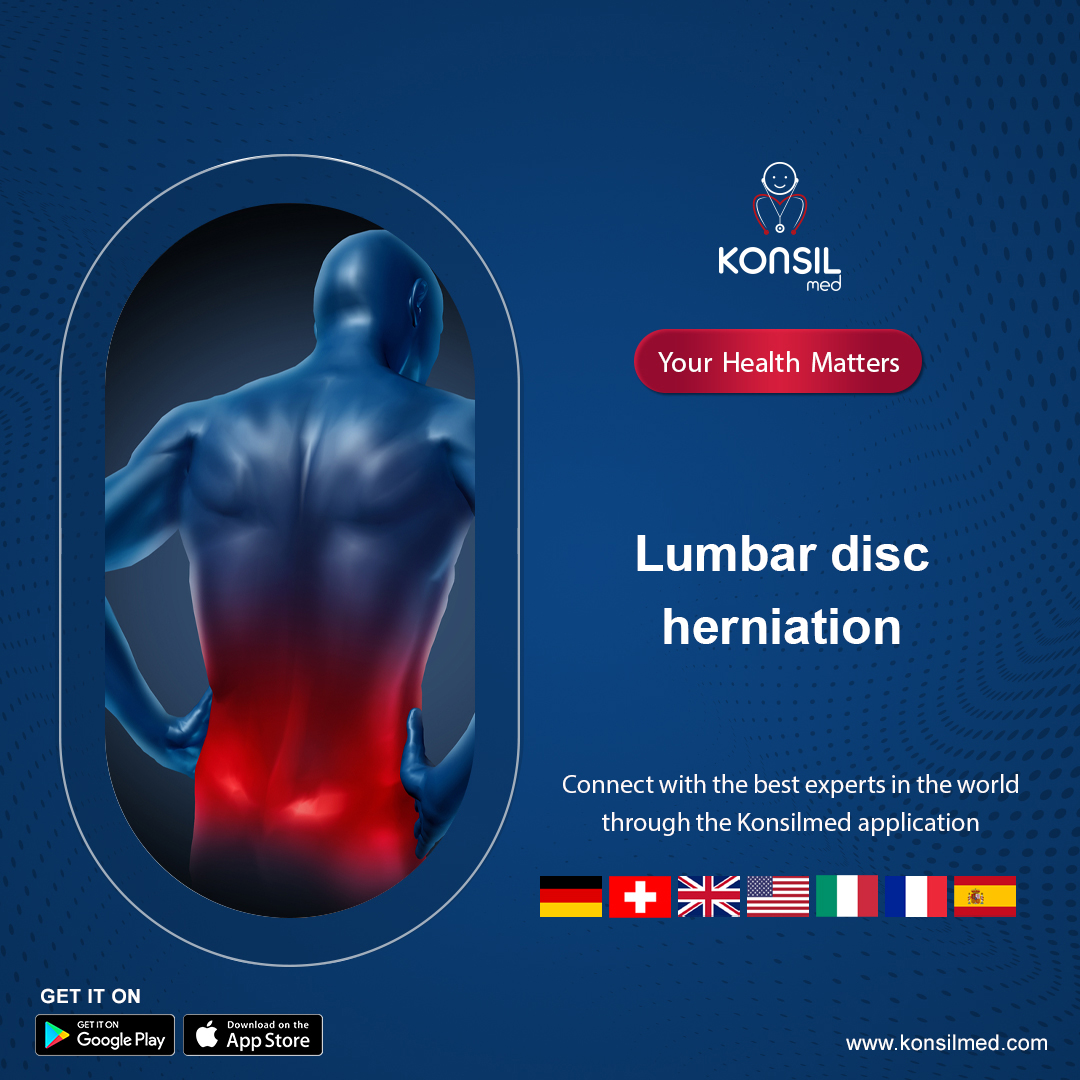



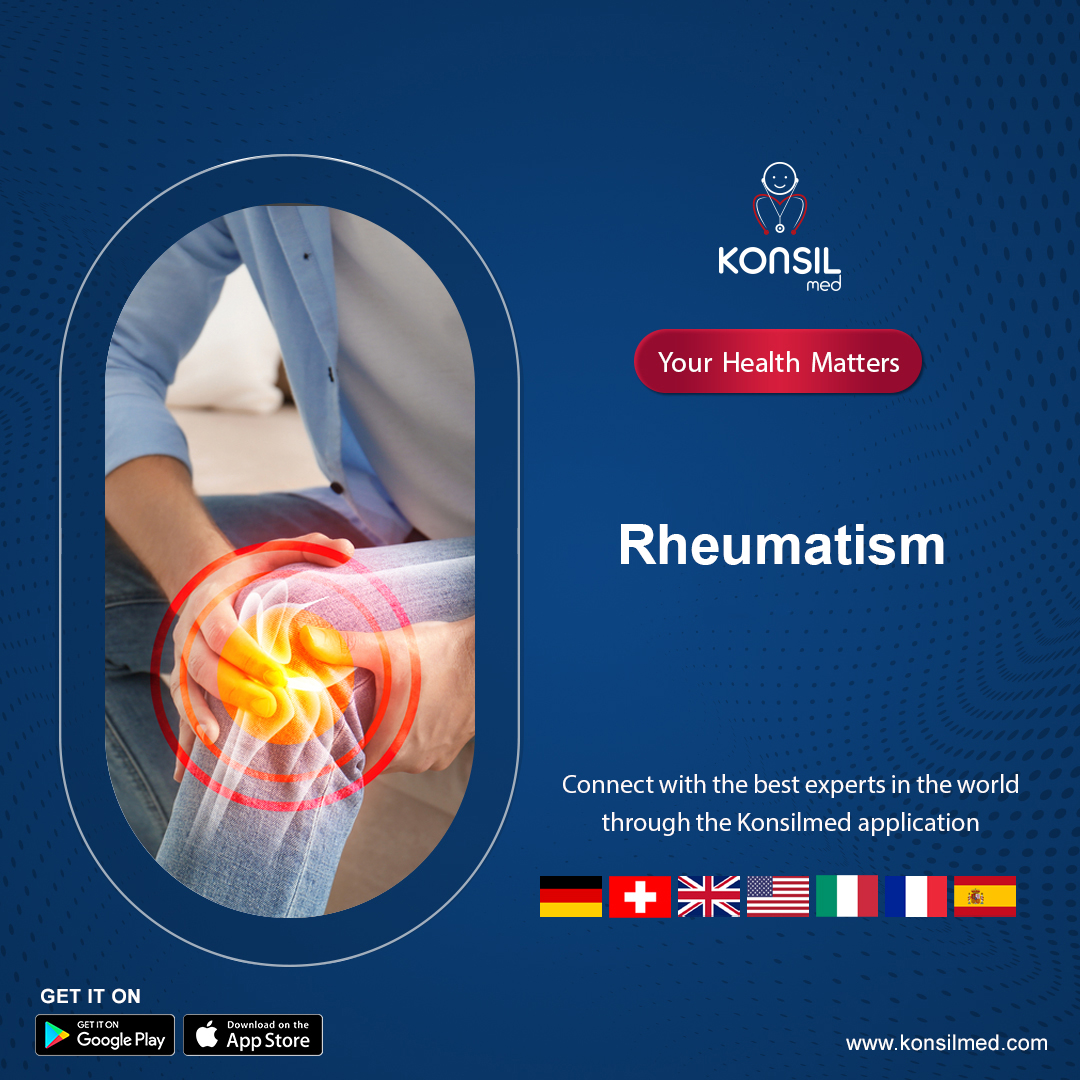


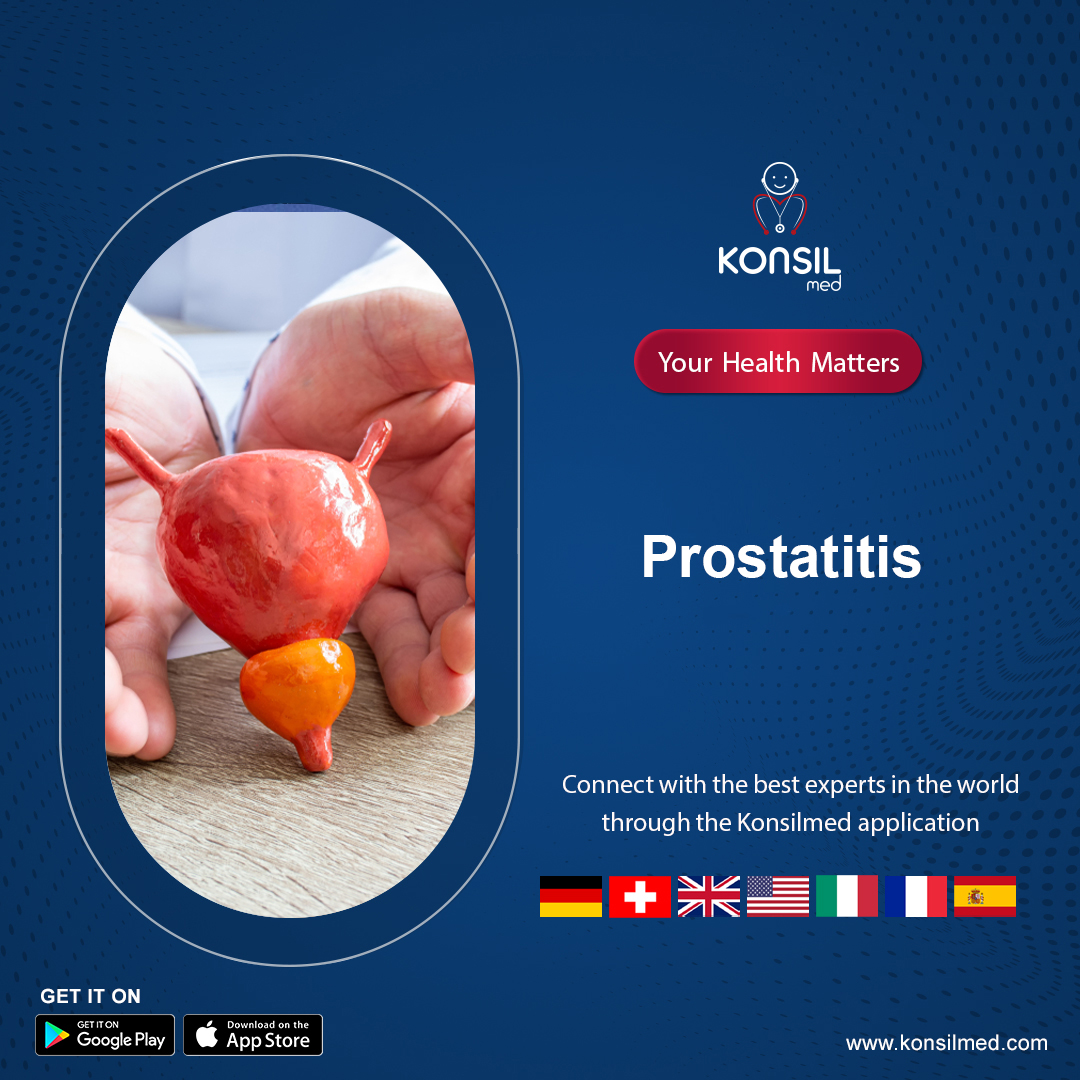

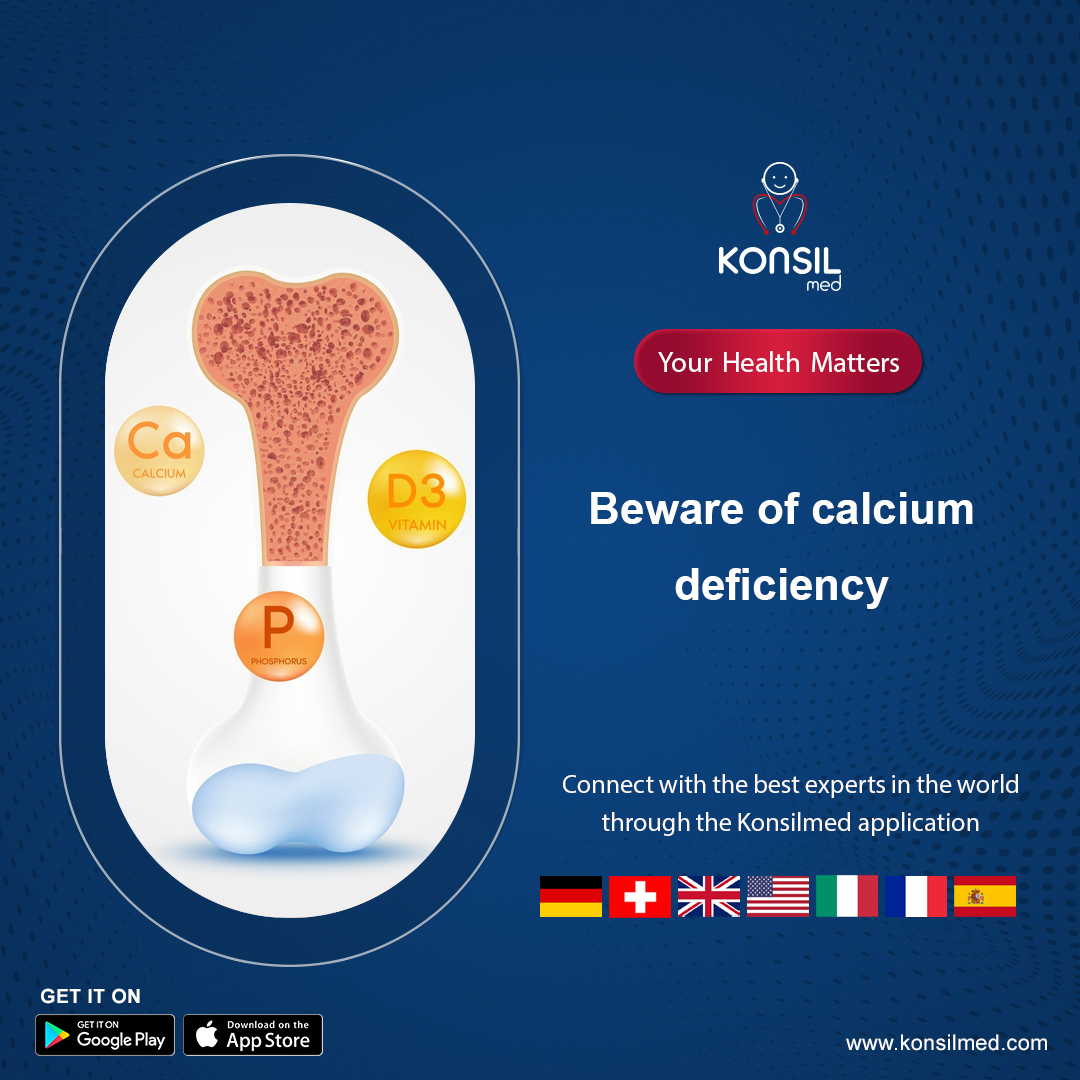

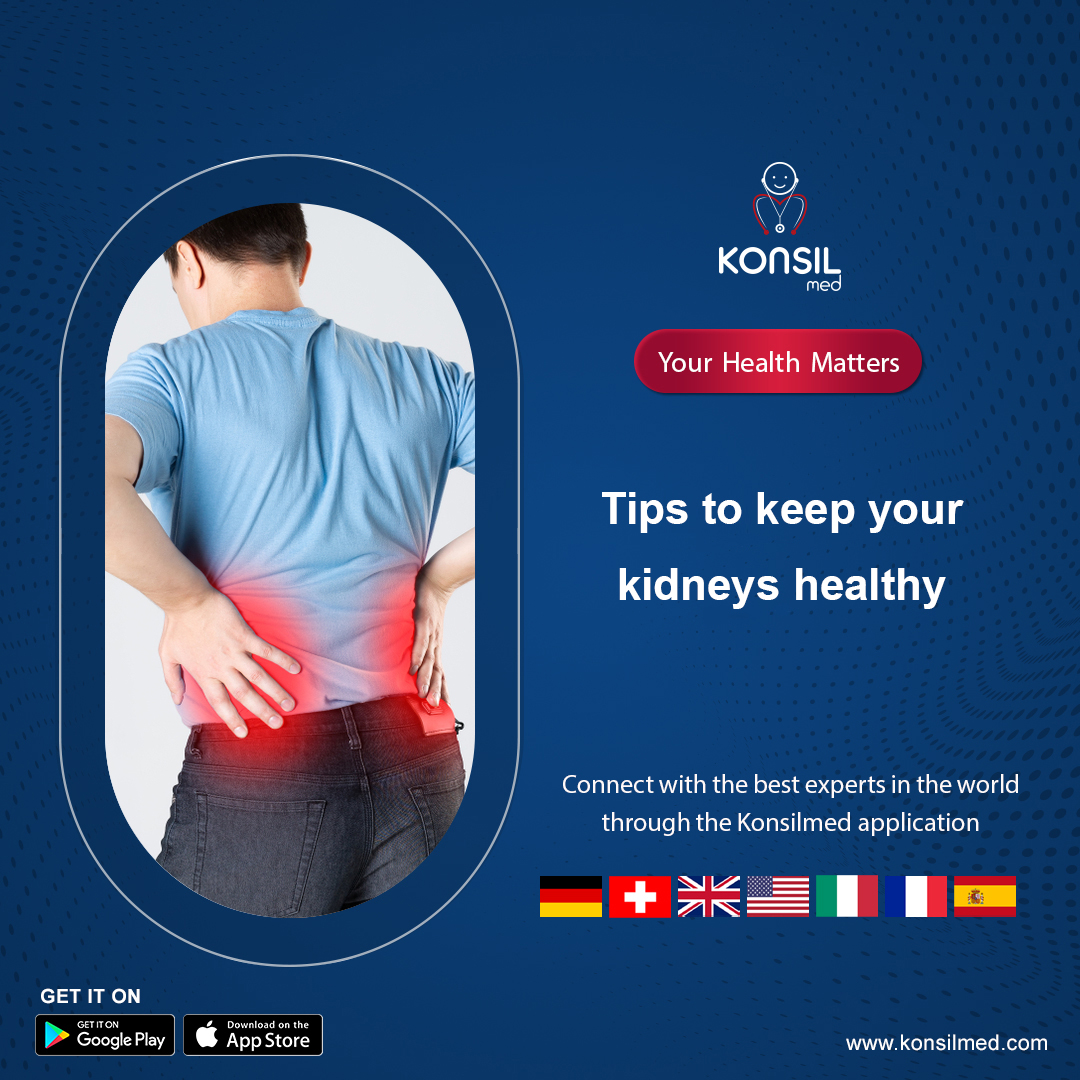



.jpg)
.jpg)